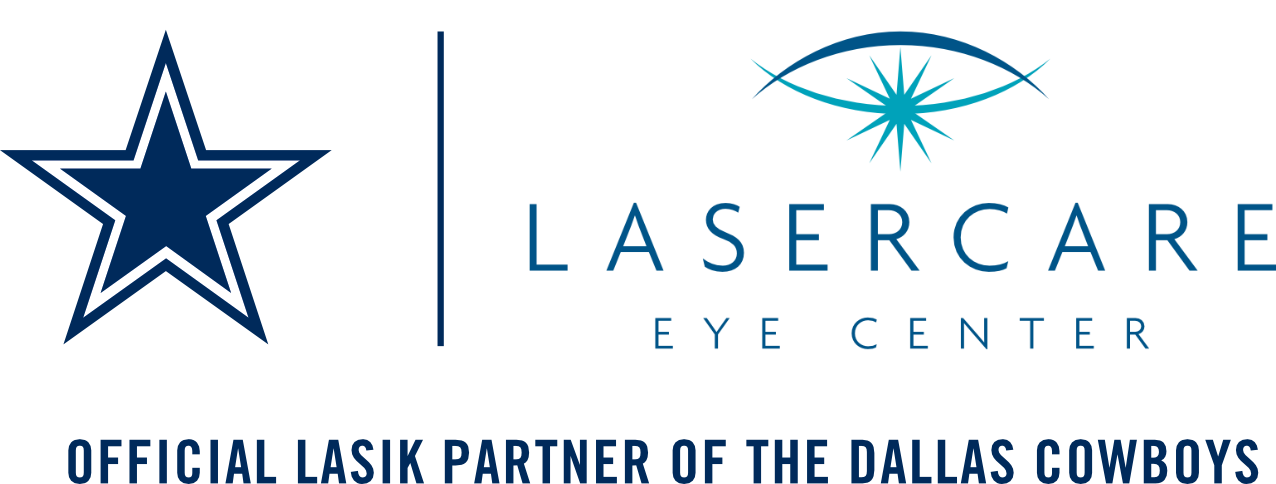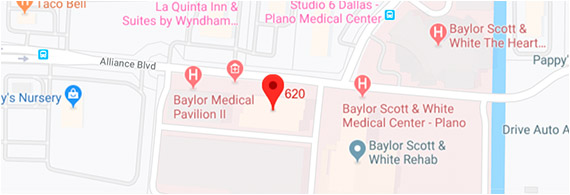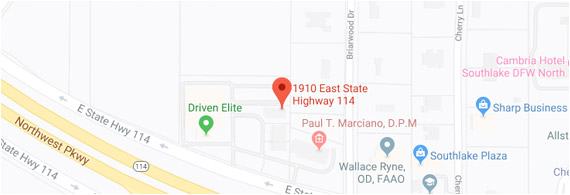Choosing Between Standard and Laser-Assisted Cataract Surgery
If you are dealing with cataracts, your two primary surgical options are standard (phacoemulsification) and laser-assisted cataract surgery. Each method offers its own set of advantages and considerations. Whether you live in Irving, Southlake, Plano, or anywhere else in Texas, this guide can help you understand the differences between these two procedures and make an informed decision.
Understanding Cataract Surgery
Cataracts develop when the natural lens of the eye becomes cloudy, leading to a decrease in vision. Surgery is the only definitive treatment to restore vision by removing the cloudy lens and, in most cases, replacing it with an artificial one. The choice between standard and laser cataract surgery depends on several factors, including the specifics of your condition, your lifestyle, and what you hope to achieve from the surgery.
Standard Cataract Surgery: Phacoemulsification
Standard cataract surgery, or phacoemulsification, has been the cornerstone of cataract treatment for decades. It involves the surgeon making a small incision in the eye to insert a tiny probe. This probe emits ultrasound waves to break up the cloudy lens, which is then suctioned out. An artificial lens is implanted in its place.
Pros:
- Widely available – This technique is well-established and available at most eye care centers.
- Proven track record – Decades of successful outcomes provide a reassuring level of trust and predictability.
- Cost-effective – Typically, it is less expensive than laser-assisted procedures.
Cons:
- Manual precision required – The procedure’s success depends heavily on the surgeon’s skill and experience.
- Potential for complications – Although rare, risks like minor eye inflammation are slightly higher compared to laser-assisted surgeries.
Laser-Assisted Cataract Surgery: A Modern Approach
Laser-assisted cataract surgery, or laser cataract surgery, uses advanced femtosecond lasers to perform several steps of the procedure that were traditionally done manually. It includes creating the incisions, opening the lens capsule, and fragmenting the cataract. The laser’s precision offers a level of accuracy that is difficult to achieve manually.
Pros:
- Enhanced precision – Lasers allow for more precise incisions and effective lens fragmentation, potentially reducing the risk of complications.
- Customization – The procedure can be tailored to the specifics of your eye, offering a personalized approach to cataract removal.
- Reduced energy usage – By using a laser to fragment the lens, there’s less need for ultrasound energy, which may lead to quicker recovery times.
Cons:
- Higher cost – The advanced technology comes with a higher price tag, which might not be covered entirely by insurance.
- Not for everyone – Certain eye conditions may preclude patients from being eligible for laser-assisted procedures.
Making the Right Choice
Choosing between standard and laser-assisted cataract surgery in Dallas depends on several factors, including your eye’s unique conditions, the surgeon’s recommendations, and your personal preferences. Discussing these options with a qualified ophthalmologist who has experience in both procedures can provide you with the insight needed to make an informed decision.
By considering the pros and cons of each method, you can approach your surgery with confidence, knowing you’ve chosen the best path for your vision’s future.
Schedule Your Consultation
If you live in Irving, Southlake, Plano, or elsewhere in Texas and are looking to get cataract surgery, get it from our expert team at LaserCare Eye Center. We have several expert ophthalmologists who can cater to your vision-related concerns. Restore your vision and find out which standard or laser-assisted cataract surgery suits you. Contact us today to arrange your consultation and get started on your journey to better eyesight.






